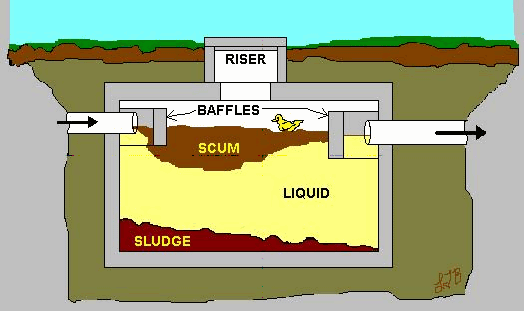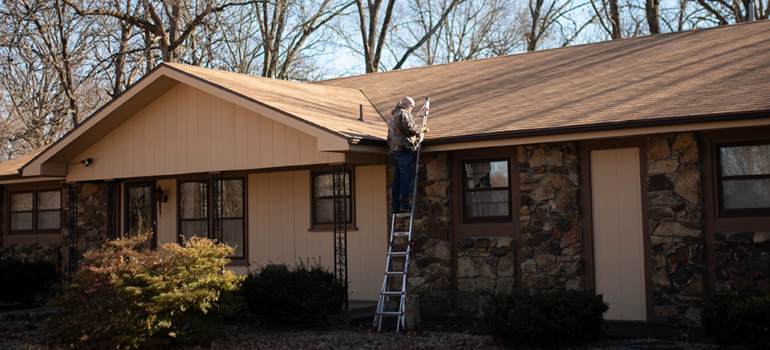Mold Inspections & Testing
MOLD… literally, is a growing concern. National media attention has alerted the public to the destructive and possibly toxic dangers of hidden mold spores that could affect their family’s health and their homes. EPA studies indicate that air levels of indoor pollutants may be two to three times higher than outdoor levels. Mold, the most dangerous offender of all, often goes undetected because of its invisibility. Most people spend as much as 90% of their time indoors and are not aware of the health hazards created by this pollutant. You owe it to yourself to minimize your exposure to mold spores in your indoor environment, test for mold today!
How can someone be exposed to MOLD?
There are several ways you can become exposed to mold:
- Breathing in the spores from the air
- Skin contact from handling an item that has mold growing on it
- Eating without properly washing your hands after handling moldy objects
Can MOLD cause health problems?
Mold has the potential to cause health problems and even make a home uninhabitable. However, everyone is affected differently when in contact with mold. The mold that may not bother the seller may severely affect the buyer. Some mold can produce allergens, irritants and, in some cases, potentially toxic chemical substances known as mycotoxins. People who are sensitive and exposed to mycotoxins can become ill.
Allergic reactions to mold are common. They can be immediate or delayed. People diagnosed with allergies and asthma may be very sensitive to mold. Mold can cause asthma attacks. Others at risk might include: infants, children, the elderly, patients who have a deficient immune system, pregnant women and individuals with existing respiratory conditions.
With exposure, even in small amounts, mold may cause:
- Itching or irritation of the nose, eyes, throat or skin
- Mysterious skin rashes
- Sinus infections, congestion and/or sinusitis (runny nose)
- Respiratory problems (sneezing and coughing)
- Fatigue
- Frequent headaches
- Trouble concentrating, memory lapses and/or confusion
- Mood swings, anxiety and/or depression
- Chronic aches and pains
- Digestive problems
Where is MOLD found in the home?
Mold can be found in several areas in the home environment. It appears most often in moist areas as little black circles or thread-like white objects. It is usually accompanied with a musty-type odor. Outdoors, mold plays a natural part in the environment by breaking down dead organic matter such as dead trees or fallen leaves.
Mold reproduces by means of microscopic spores; the spores are invisible to the naked eye and float through the indoor and outdoor air. Mold begins to grow indoors when mold spores land on surfaces that are wet or damp. Mold will not grow without water or moisture. Therefore, it is important to dry water-damaged areas and items within 24-48 hours to prevent mold growth.
Some examples of places where mold can be found inside the home include:
- Basements, kitchens (bottom of fridge), around bathroom vanities, washer/dryer area
- The underside of carpets and pads
- The surface of walls behind furniture (where condensation forms)
- Ceilings and the top side of ceiling tiles
- Front and back side of dry wall, wall paper or paneling
- Inside HVAC systems and duct work
- Clothing
- Food
Testing for MOLD
There are several methods used today to test for mold. Two of the most common are direct culture and air spore sampling. With direct culture, a sample is collected using a swab and sent to a lab for analysis. The swab is then plated on media that elicits growth. When the mold has matured sufficiently, lab personnel are then able to identify it. This is the preferred method when there is visible mold present. The draw back to this method is that it can take up to 14 days to grow and identify the type of mold, if any.
With direct sampling, a device used to capture mold spores is attached to an aspiration device (pump). The pump sucks the air through the device for a specific amount of time and a specific volume of air. The device is then sent to the lab for analysis. The lab personnel count each type of mold spore and a quantitative comparison is done between indoor and outdoor sample. This is the preferred method when timing is important and if it is unclear whether or not mold is present. The drawback to this method is that it takes a minimum of two samples, an indoor and outdoor sample, which can be expensive.
How can I reduce or eliminate MOLD inside my home?
It is impossible to completely eliminate all mold and mold spores indoors. Mold will always be found floating in the air and in house dust. Indoor mold growth can be prevented by controlling water and moisture indoors. The following may prevent or reduce indoor mold growth:
- Repair any water leaks
- Provide good air circulation
- All HVAC systems should have a good electrostatic filter on the return
- Use bathroom, kitchen and laundry room exhaust fans
- Insulate and ventilate attic and crawl space areas
- Clean, dry or remove items that are damaged by water immediately.
Additional ResourcesFacts about MoldGot Mold? FAQs about MoldMold Allergy (Asthma and Allergy Foundation of America)Environmental Protection AgencyEnvironmental Protection Agency (A Brief Guide to Mold, Moisture and Your Home)State of Missouri Department of Health and Senior Services
*Information partially transcribed from Pro Labs Mold brochure







